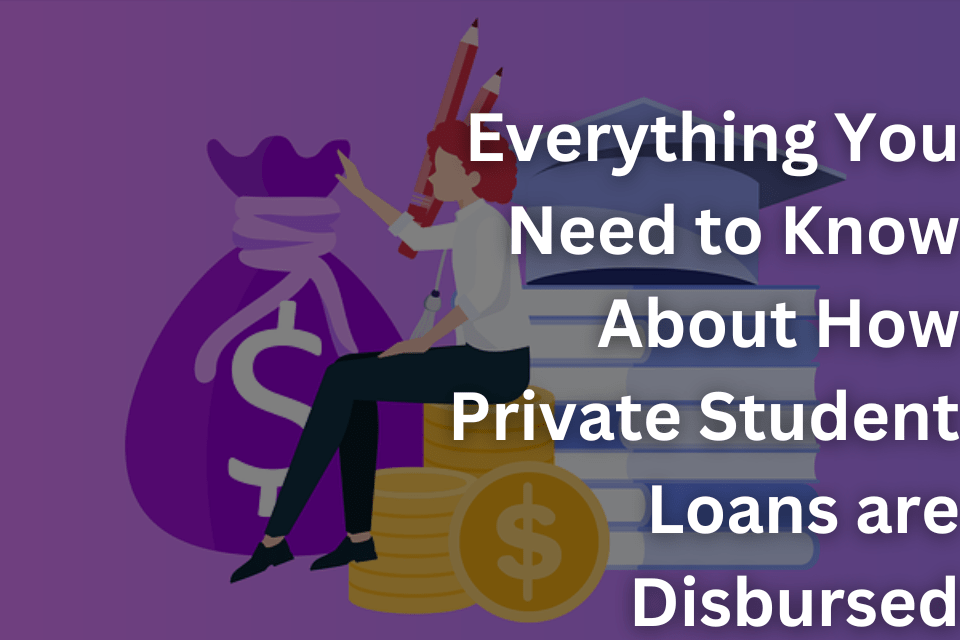Paying for college can be a significant financial burden for many students and their families. While scholarships, grants, and federal student loans can help cover some of the costs, they may not be enough to fully fund a student’s education. In these cases, private student loans may be necessary to bridge the gap. But before taking out a private student loan, it’s important to understand the process of disbursement and what it entails.
In this guide, we will cover everything you need to know about how private student loans are disbursed, including the process, timing, and requirements. We will also discuss some of the key differences between private student loan disbursement and federal student loan disbursement.
Understanding the Disbursement Process
The process of disbursing private student loans is generally similar to the process for federal student loans. When a student applies for a private student loan, the lender will review the application and, if approved, disburse the funds to the student or the school.
The disbursement process typically begins with the lender sending the funds to the school, which will then apply the funds to the student’s account to pay for tuition and other expenses. If the loan amount exceeds the student’s school-related expenses, the school will generally issue a refund to the student.
Timing of Disbursement
The timing of private student loan disbursement can vary depending on the lender and the student’s school. Some lenders may disburse funds at the beginning of the school year, while others may disburse them in multiple payments throughout the year.
It’s also important to note that disbursement timing can be affected by a student’s enrollment status. For example, if a student is enrolled less than half-time, the lender may not disburse the funds until the student is enrolled full-time.
Requirements for Disbursement
To be eligible for disbursement, private student loan borrowers must typically meet certain requirements. These may include:
- Enrollment in an eligible school and program
- Satisfactory academic progress
- Proof of income and employment (for borrowers with a cosigner)
It’s important to note that these requirements can vary by lender, so it’s a good idea to check with the lender for specific details.
Differences Between Private and Federal Student Loan Disbursement
While the basic process of disbursing private and federal student loans is similar, there are some key differences between the two. One of the main differences is that private student loan disbursement is typically subject to credit approval, while federal student loan disbursement is not.
Another difference is that private student loan disbursement is typically subject to the borrower meeting certain requirements, such as enrollment in an eligible school and program and proof of income and employment. Federal student loans, on the other hand, have more flexible requirements and are generally easier to qualify for.
Conclusion
In conclusion, understanding the process of private student loan disbursement is an important step in making an informed decision about financing your education. By understanding the process, timing, and requirements, you can ensure that you are prepared to manage your private student loan effectively. Remember, private student loans have more stringent requirements than federal student loans and the disbursement process is based on credit approval and borrower’s requirement. As always, make sure to do your research and understand the terms and conditions before

